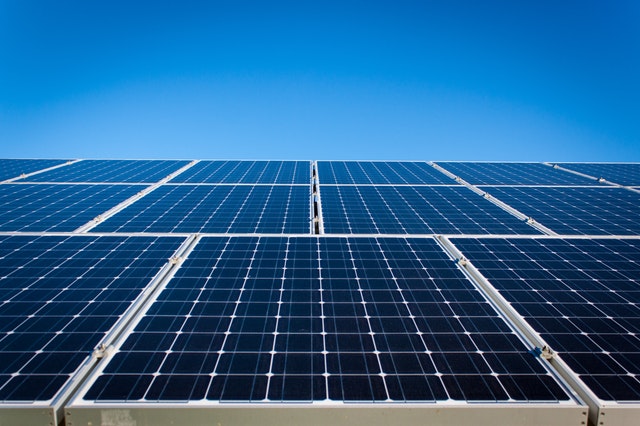The Home-Buying Closing Process in a Nutshell
 The closing process for a home purchase is an exciting time. The home is finished, the purchase is ready to be finalized and it’s almost time to move in. The final steps of the closing process ensures both parties are able to meet their requirements and all the paperwork is in place and verified.
The closing process for a home purchase is an exciting time. The home is finished, the purchase is ready to be finalized and it’s almost time to move in. The final steps of the closing process ensures both parties are able to meet their requirements and all the paperwork is in place and verified.
The Key Players
There are actually four parties involved in a typical closing: the buyer, the seller, the bank or lender financing the purchase, and the escrow agent. Each has an important role in making sure the closing happens effectively and efficiently.
As is common with most purchases, the buyer is already familiar with the need to have a down payment ready and to be committed to a purchase. Additionally, the buyer will have already worked out the loan approval preliminary reviews and steps with the bank financing the purchase if it is not an all cash purchase.
The Escrow Process
During escrow the purchase is then validated through a number of steps. These include:
- Ensuring the property title is clear of any problems or previous liens (a legal method by which other parties get paid for the seller’s outstanding prior debts).
- Ensuring the property has been appraised and represents the actual worth represented to the bank.
- Ensuring the bank is ready to pay the seller with a payment check and that the buyer has paid any down payment as well. Both payments are put into an escrow account managed by an escrow agent and not to be released until all the purchase requirements are met.
- Ensuring the buyer has been notified, read and has committed by signature to all the purchase documentation necessary to complete the sale. This includes understanding the nature of the home loan, payment responsibilities, and what happens if there is a default.
- Ensuring any property taxes, homeowner’s association fees, and other fees have all been addressed before the seller transfers the property to the escrow agent, which is then transfered to the seller.
- Finally, passing along the keys and title of the property to the buyer, the title lien to the bank financing the deal, and the payments for the property to the buyer.
When all the above happens, a home purchase is closed and the home officially belongs to the buyer. The seller also gets paid and can deposit his income accordingly. The escrow agent files all the paperwork with the bank, the county recorder’s office, and copies are sent to the buyer and the seller for their own records.
Contact your trusted mortgage professional if you have any additional questions about the closing process as well as other aspects of financing your new home.

 Do rooftop solar panels add value to a home, and are they cost-effective in terms of energy savings? The short answer is yes, say the experts. Although more than a million U.S. homes boasted solar panels in 2016, the percentage of solar-equipped households is still miniscule.
Do rooftop solar panels add value to a home, and are they cost-effective in terms of energy savings? The short answer is yes, say the experts. Although more than a million U.S. homes boasted solar panels in 2016, the percentage of solar-equipped households is still miniscule.  There are times in our lives when the idea of freeing up cash becomes desirable or necessary. Near retirement, this is a common consideration. The typical financial tool that many retirees want to know about is a reverse mortgage, but it’s not the only equity tool available.
There are times in our lives when the idea of freeing up cash becomes desirable or necessary. Near retirement, this is a common consideration. The typical financial tool that many retirees want to know about is a reverse mortgage, but it’s not the only equity tool available.